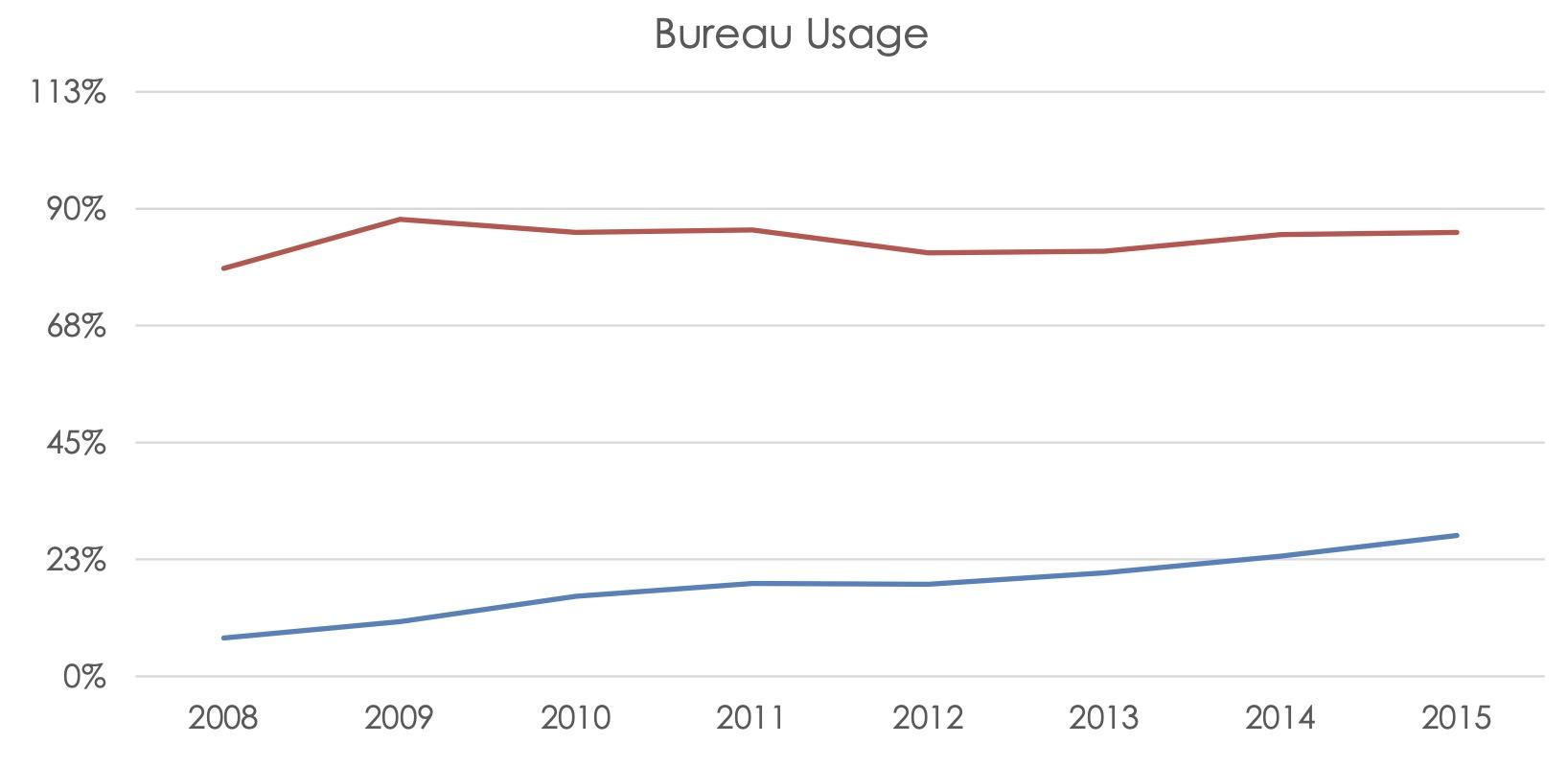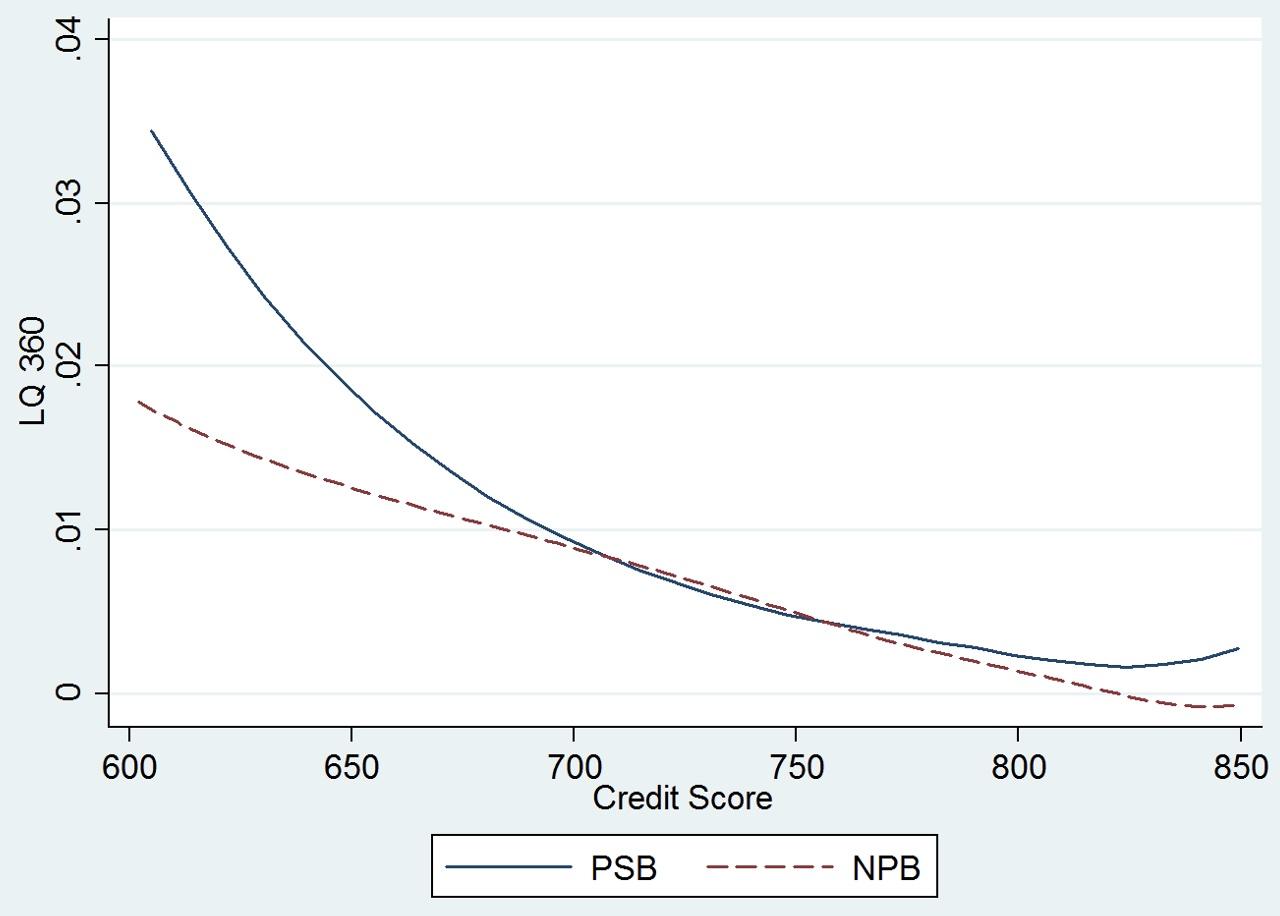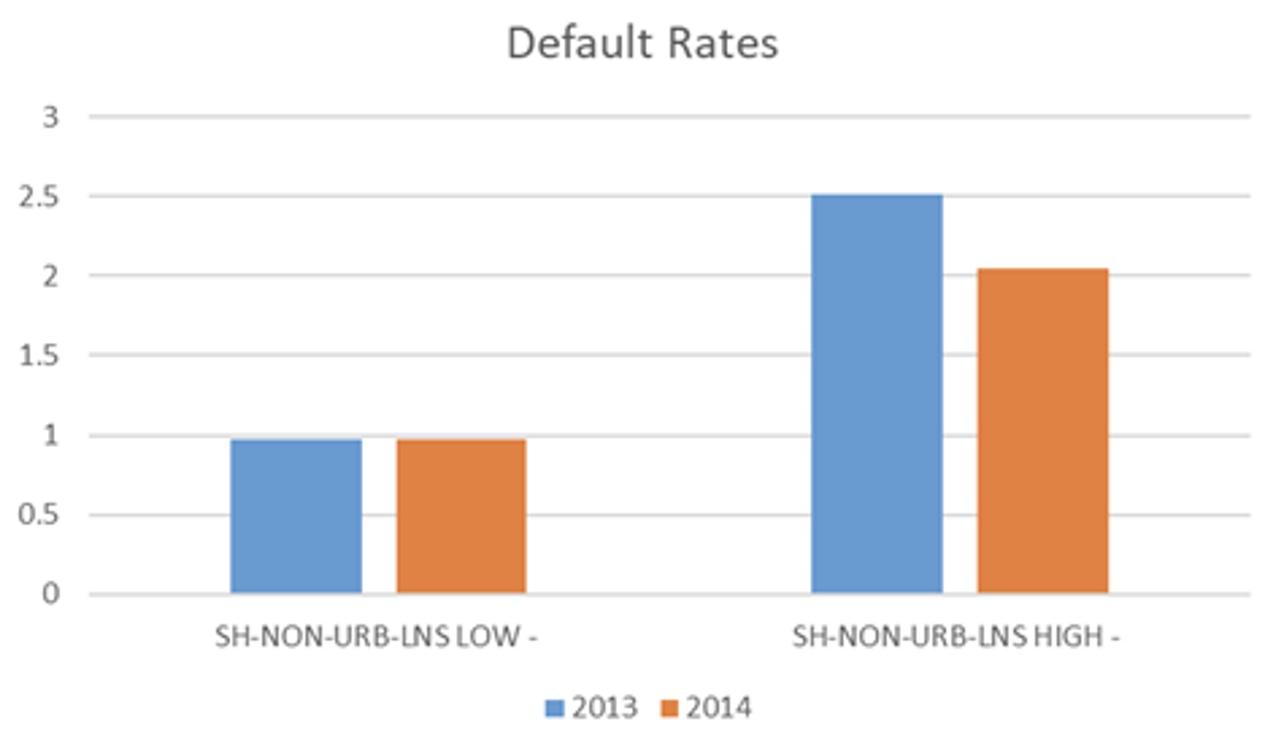Do all organisations in a sector adopt a new technology or business practice at a uniform rate? Or do we see different rates of adoption across organisation types in a sector, even if adoption seems generally worthwhile? What determines whether a certain organization adopts the new technology?
Questions such as these are important because they shed light on economic growth. As Mundlak (1961) and, more recently, Hsieh and Klenow (2009) note, economies operate below potential because some firms are less productive than others, and the productivity gaps persist. What explains these gaps? Over the last decade, the failure to adopt modern business practices has been identified as a key culprit (Bloom and van Reenen 2010).
It thus seems valuable to understand why some firms do not adopt new practices even if it seems useful to do so. In a new paper (Mishra et al. 2021), we examine this very question with microdata on lending, using as our setting the introduction of credit-scoring technology in retail lending.
Credit scoring in India
Credit bureaus obtained legal certitude in India only around 2007 after legislation requiring banks to submit data to bureaus was passed. The act of incorporating bureau credit information into loan decisions is a clear marker of technology adoption. We examine the pace of adoption by the two dominant types of banks operating in India: state-owned ‘public sector’ banks (PSBs); and ‘new’ private banks (NPBs), which are modern banks licensed after India's 1991 liberalisation.
The process for checking credit is straightforward consisting of submitting an electronic request and paying a fee of between $0.15 and $0.30, about 0.04% of the average loan amount. Since the cost of requesting a score is negligible, and at worst the score can simply be ignored, it seems worthwhile for all banks to adopt scoring technology if at all useful.
Gap in adoption of scoring by PSBs
Figure 1 illustrates the gap in adopting the new scoring technology across banks. Several years after the introduction of credit bureaus, the state-owned PSBs make a large number of loans without bureau credit checks. At the end of our sample period in March 2015, PSBs check credit scores for only 27% of all applications compared to 85% for NPBs.
Figure 1 Sharp difference in bureau usage across bank types
The adoption gap concentrates in prior relationship clients
Far more interesting – and stark – relative to the baseline patterns is the variation in adoption across new and prior clients of banks (see Figure 2). For new applicants, PSBs inquired about 99%, that is, virtually all applications, just like NPBs – in fact, the lines for the two are indistinguishable. Thus, PSBs are not incapable of, or averse to, using new technology. However, PSBs seem to be far less willing to check scores for loan applicants with whom they have a prior lending relationship. PSBs check scores for only 48.3% of these applicants compared to 90.3% for NPBs. Figure 2 illustrates this gap in adoption, which persists eight years after credit bureaus open.
Figure 2 Difference in bureau usage primarily for prior relationship applicants
Perhaps PSBs do not check credit scores because credit scores are not related to ex-post delinquencies. Figure 3 rules out this possibility. Credit scores are reliably related to delinquencies for both PSBs and NPBs, perhaps even more for PSBs. In a related test, we obtain the (unused) scores for a special sample of loans that PSBs made without checking scores. For a range of plausible policy functions on how the scores would have been used, we find that checking scores would more than halve portfolio delinquencies, a significant improvement in credit quality.
Figure 3 Credit scores and predict delinquency for PSBs and NPBs
The adoption gap is not due to state ownership alone
What could possibly explain the aversion of PSBs to adopt scoring for their prior clients even though it is a clearly beneficial practice? Interestingly, the reason does not seem to necessarily reflect their state ownership: there is a class of privately-owned institutions, old private banks (OPBs), which are of similar vintage and thus operated in similar economic environments as PSBs.
Figure 4 shows that the pattern of technology adoption by OPBs is similar to that of PSBs – they check scores for virtually all new borrowers but are reluctant to do so for prior borrowers. Whatever prompts this behaviour for PSBs, therefore, it is not just state ownership.
Figure 4 Old private banks (OPBs) are similar to public-sector banks (PSBs)
An explanation: Hysteresis due to legacy practices
To explain these patterns, we focus on the legacies shared by PSBs and OPBs, which are quite different from those of NPBs.
We conjecture that PSBs and OPBs may have traditionally given their loan officers more discretion because of the nature of their branching structure in the pre-1990s liberalisation era. In the 1970s, India required all banks to focus on branching in underserved areas away from the bustling metros. In this era, ICT was also underdeveloped.
Given the relative paucity of formal records and data, that is, ‘hard’ information on potential borrowers in underserved rural areas (a lacuna which we show exists even today), banks may have optimally given more discretion to their loan officers in those areas. As Stein (2002) argues, this would incentivise loan officers to generate and use soft information, informal data, and subjective judgements about potential borrowers. If it is hard to fine-tune policies on discretion to specific branches, a bank may have optimally adopted a bank-wide policy of allowing loan officers more discretion if the bank’s business was more focused on semi-urban and rural branches.
With regulatory liberalisation in the 1990s, including the licensing of new private banks, the branching requirements were steadily done away with. Newly licensed NPBs could focus on metros, which they did, and with advancements in ICT and data availability, NPBs had much less need to offer loan officers discretion. So, the first leg of our explanation is that the older PSBs and OPBs had branch structures and policies on discretion that responded to historical regulations, which did not apply to NPBs.
The second leg of our argument is that legacy structures and practices acquired staying power. PSBs and OPBs have had to continue to maintain their legacy branch networks – even today, the Reserve Bank does not permit banks to close branches in underserved areas. So PSBs and OPBs, with more of rural network than NPBs, would have had more reason to maintain their historical lending policies that relied on loan officer discretion. This would have been fortified, no doubt, by loan officer resistance in giving up discretion for new and unfamiliar credit scoring processes relying on hard information with unproven value. Loan officers would have more reason to use their discretion in the case of prior borrowers because they would have more soft information on them gleaned from the prior relationship. Moreover, they could use familiar processes for managing the bank-specific information flows. Finally, the social payoff would be greater to helping their old customers, shielding them from the possibly harsh pronouncements of a distant, albeit informed, credit bureau.
Empirical evidence of hysteresis
We present empirical evidence to supports the hysteresis hypothesis. We classify banks based on their non-urban lending focus based on a variable "NON-URB-SHR-LNS" or the percentage of a bank's business coming from non-urban areas. Figure 5 shows that banks with a greater non-urban focus inquire even their urban applicants relatively less while banks with a greater urban focus inquire their non-urban applicants relatively more. Interestingly, this effect is seen even in NPBs although it is, of course, stronger for PSBs and OPBs. The effect survives controls for other organizational characteristics of banks. The evidence suggests that the policy most suited to the predominant source of the bank’s business influences bank-wide policy. This policy has staying power, changing slowly even as the environment it is adapted to changes.
Figure 5 More urban-facing PSBs inquire more even in rural areas
To the extent that the greater non-urban focus of a bank drives its policy of allowing its loan officers discretion, and leads to lower inquiry, this should be associated with higher delinquency rates. This is indeed what we find. Figure 6 illustrates this relationship. The regression evidence is supportive. The variable NON-URB-SHR-LNS remains significant in regression that include full sets of controls with a number of interaction effects, and in reduced form as well as instrumental variables regressions. The policy of continuing to allow discretion is costly. Indeed, this realisation and the steady process of taking away discretion from empowered loan officers may explain why even PSBs and OPBs are moving to inquire more.
Figure 6 Delinquency rates versus non-urban orientation
Summing up
In sum, we show that there are differences in technology adoption across banks. Interestingly, the variation is also within banks. Thus, slow adoption may not emanate from unfamiliarity with technology use but hysteresis due to legacy management practices set in earlier years. These practices change relatively slowly even when technological possibilities change. The status quo bias created by relationships is eventually replaced with greater use of modern retail lending practices that permeate banks around the world. Technology dominates… eventually.
Authors' note: The views expressed in this column are the sole responsibility of the authors and not of the institutions that the authors were are or associated with. The views should not be attributed to the International Monetary Fund, its Executive Board, or its management.
References
Bloom, N and J van Reenen (2010), “Why do management practices differ across firms and countries?” Journal of Economic Perspectives 24(1): 203-224.
Hsieh, C and P Klenow (2009), “Misallocation and manufacturing TFP in China and India”, Quarterly Journal of Economics 124(4): 1403-1448.
Mishra, P and P Nagpurnanand, and R G Raghuram (2021), “The relationship dilemma: Why do banks differ in the pace at which they adopt new technology?” University of Chicago, Becker Friedman Institute for Economics Working Paper No. 2019-54.
Mundlak, Y (1961), “Empirical production function free of management bias”, American Journal of Agricultural Economics 43(1): 44-56.
Stein, J C (2002), “Information production and capital allocation: Decentralized versus hierarchical firms”, Journal of Finance 57(5): 1891-1921.










